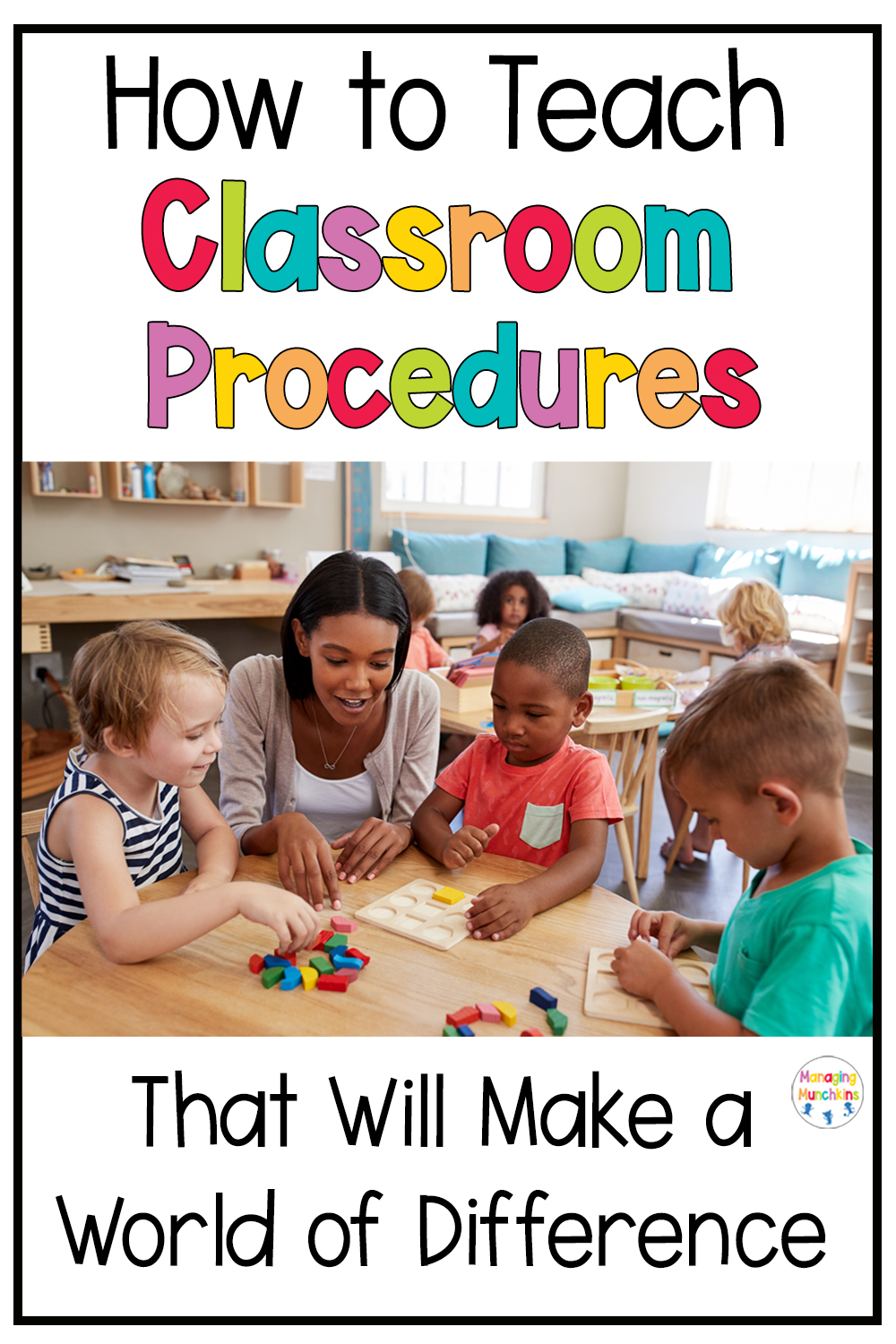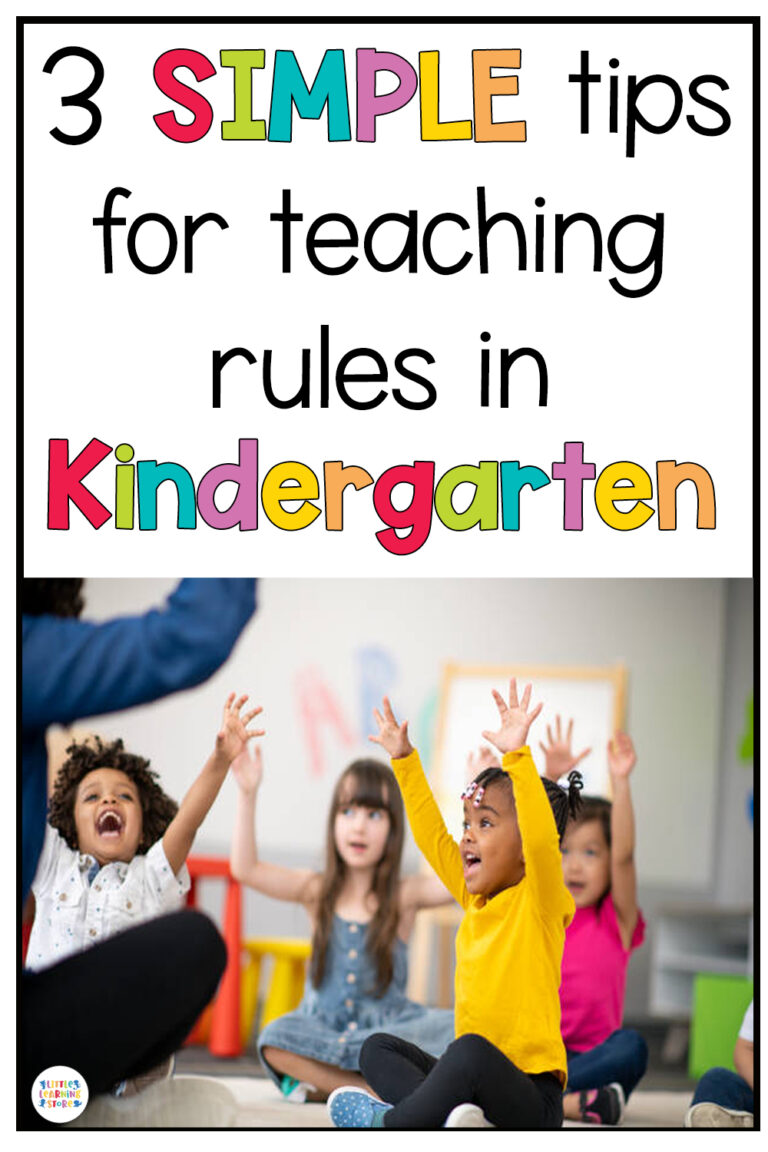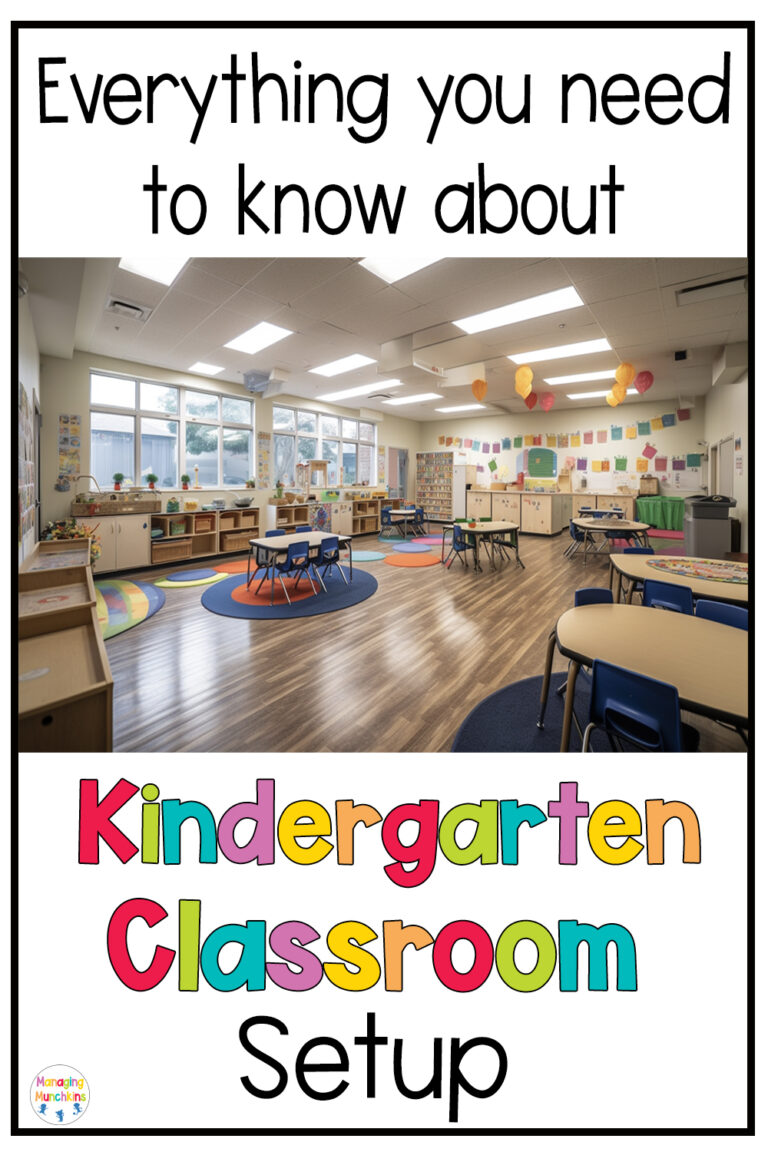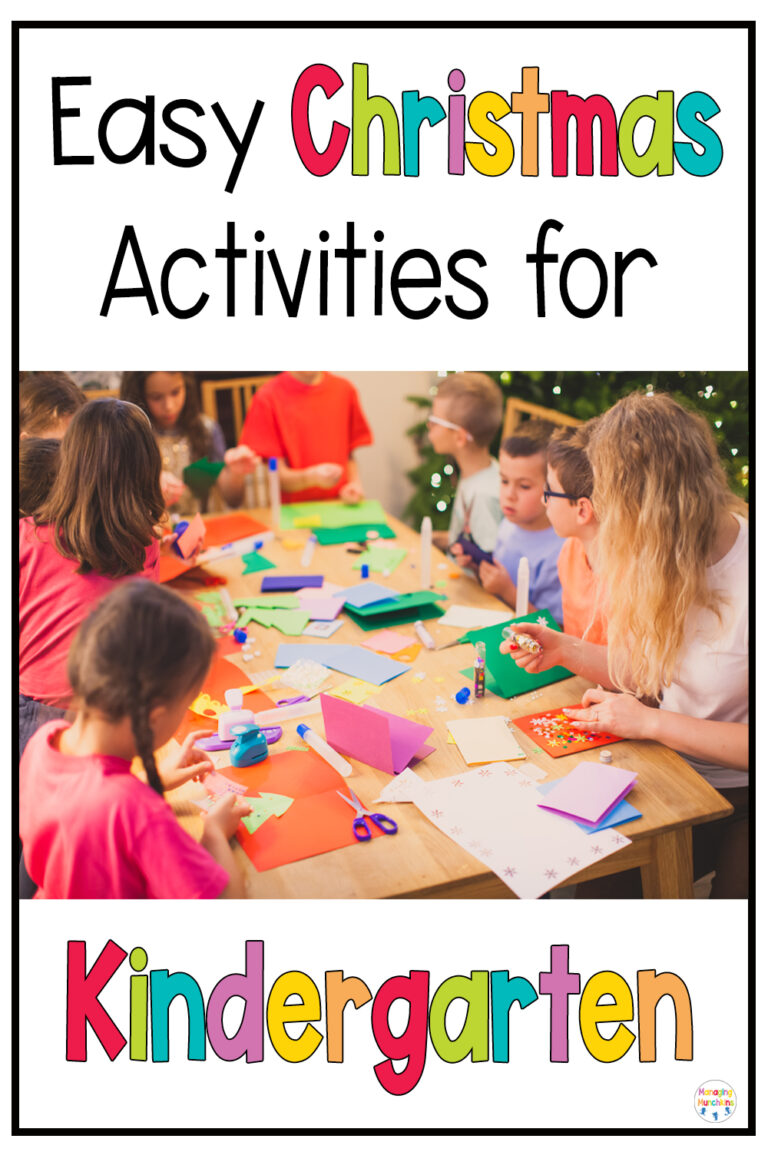How to Teach Classroom Procedures that Will Make a World of Difference
Once your kids understand your classroom procedures and you establish them, the real magic begins. A beautiful rhythm and routine develop in your classroom, allowing you to seamlessly integrate the curriculum.
Hey there, friend! I’m Katherine Barker, and in this post, we’re going to explore how to set up classroom procedures that will transform your classroom dynamics.

What Are Classroom Procedures?
Classroom procedures are the individual steps taken to complete a task. Essentially, they outline how things are done in the classroom. It’s crucial to break these down step-by-step for our students from the very beginning. Procedures cover everything from how to enter the classroom, to how to handle library books, and how to sit during carpet time and read-alouds. Think of it like teaching someone to drive a car – you wouldn’t just hand over the keys without first explaining each step involved in driving.
Teaching Procedures Step-by-Step
To effectively teach procedures, break them down into individual steps and communicate these clearly to your students. For example, let’s consider the arrival process in my classroom:
- Students walk through the gate and put their backpacks on the wall.
- They wait until everyone has arrived.
- We form a line, and I teach them how to line up.
- We walk quietly down the hallways.
- At the classroom door, I remind them to hang up their backpacks and check their learning areas.
By breaking down each part of the day into manageable steps, students learn exactly what is expected of them.
How to Teach Procedures
Teaching procedures might feel overwhelming due to the numerous tasks involved throughout the day. Here’s a simple approach:
- Use a Planner: Outline your day and break down each part into individual steps.
- Modeling: Demonstrate each procedure to your students. For example, show them how to enter the classroom, how to handle library books, or how to participate in center time.
The First Two Weeks
During the first two weeks, focus solely on teaching procedures, not curriculum. For instance, during center time, instead of introducing academic tasks, have students engage in simple activities like playing with blocks or doing puzzles. The goal is to teach them how center time works – how to work at a table, transition between activities, and move smoothly between centers.
Visual Schedules
A visual schedule can be incredibly helpful. It provides a clear outline of the day’s activities, helping students understand what to expect and when. This consistency can significantly reduce behavioral issues as students feel more secure knowing the routine.
The Power of Modeling
The key to teaching procedures effectively is to model them repeatedly. Show your students how to interact in different areas of the classroom by acting out scenarios. For example, demonstrate how to play in the dramatic play area or how to gently handle books in the library. Watching you perform these actions helps students grasp the expected behavior more clearly.
Consistency is Key
Consistency in teaching and reinforcing procedures is vital. It might feel repetitive, but consistently modeling and reinforcing these steps will ensure that students understand and follow the procedures. This approach not only smooths out daily operations but also reduces behavioral issues by setting clear expectations.
Quick Recap
To sum up:
- Understand Classroom Procedures: Recognize that they are the steps taken to complete tasks.
- Break Down Tasks: Use a planner to outline your day and break down each part into individual steps.
- Modeling: Consistently demonstrate each procedure to your students.
Don’t forget to download your free classroom procedures printable to help you plan and implement these steps effectively.
That’s it for now, friends! I’ll see you in the next post. Until then, happy teaching!






